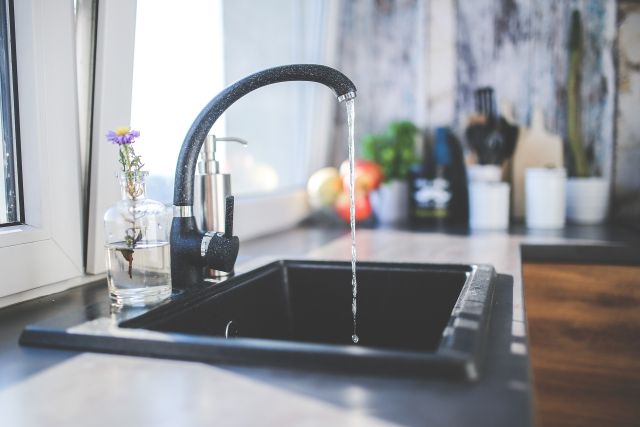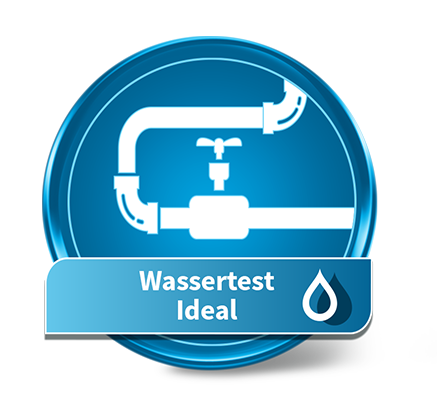Saving Water – Why and How?

Why Should We Save Water?
The majority of drinking water consumed is preheated, especially for showering, bathing, and laundry. This heating consumes a lot of energy. Therefore, saving hot water also means saving energy and money.
Energy is also used to pump and treat water before it reaches our homes. Thus, a reduction in water consumption can lead to a significant decrease in emissions. The less you consume, the less you pay – which can represent real savings over several months.
Saving Water: Pros and Cons
Pros
One of the main reasons for saving water is environmental protection. Domestic use is not always linked to local scarcity, but about 70% of global consumption concerns agriculture. Nearly half of our food requires irrigation during cultivation.
That's why it's essential to save water in agriculture. Drip irrigation systems are particularly effective: water flows gently through perforated pipes, directly at the roots. This can reduce consumption by 30 to 70% while increasing yields.
Cons
The disadvantages of water saving are less visible. In sanitation systems, too low a flow can slow down wastewater evacuation, promoting the formation of sulfuric acid and damaging pipes. This sometimes requires flushing with clean water, partially negating the savings.
Practical Daily Tips
- Take a shower instead of a bath: A bathtub uses up to 200 liters of water, compared to 60 to 80 liters for a shower.
- Turn off water when washing hands: This can save up to 2 liters if you turn off the water while soaping.
- Repair leaks: A dripping tap can waste several liters per day. And it's annoying.
- Don't let water run in the kitchen: Use bowls to wash fruits and vegetables, not a continuously running tap.
- Collect cold water: While waiting for hot water, collect the cold water for watering plants or cooking.
- Use the economic flush button: The small flush button can halve consumption.
- Only run full machines: Washing machines and dishwashers should be well-filled to save water and energy.
✔ Heavy metals and pollutants
✔ For general drinking water, softeners
✔ Heavy metals and contaminants
✔ Separate bacteria test recommended
✔ Heavy metals and contaminants
✔ Separate bacteria test recommended
✔ Analysis for lead also included
✔ Separate bacteria test recommended
✔ Most common contaminants
✔ Bacteria analysis available separately
✔ Most common pesticides
✔ Glyphosate separate analysis
✔ Commonly used pesticide
✔ Possibly carcinogenic
✔ 20 common PFAS chemicals
✔ Per- and polyfluorinated alkyl substances
✔ 100 Test strips
✔ For general drinking water, water softeners









